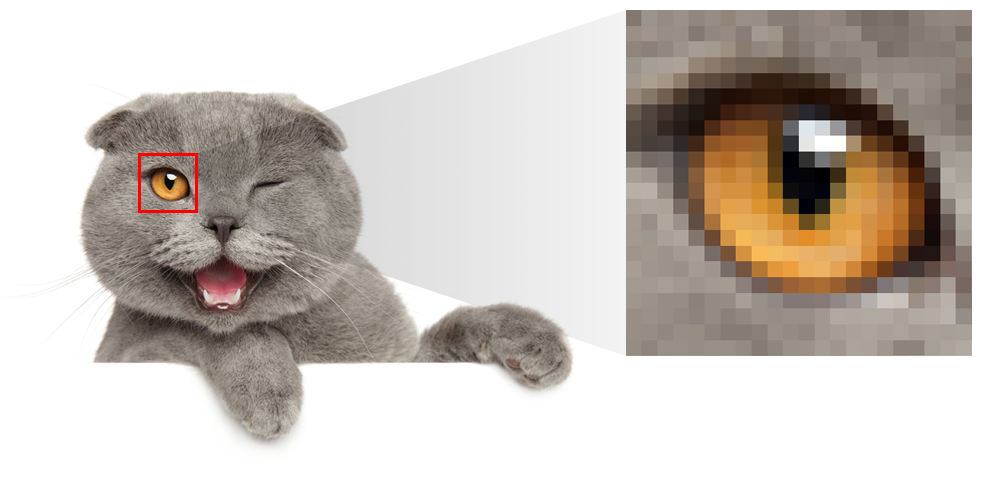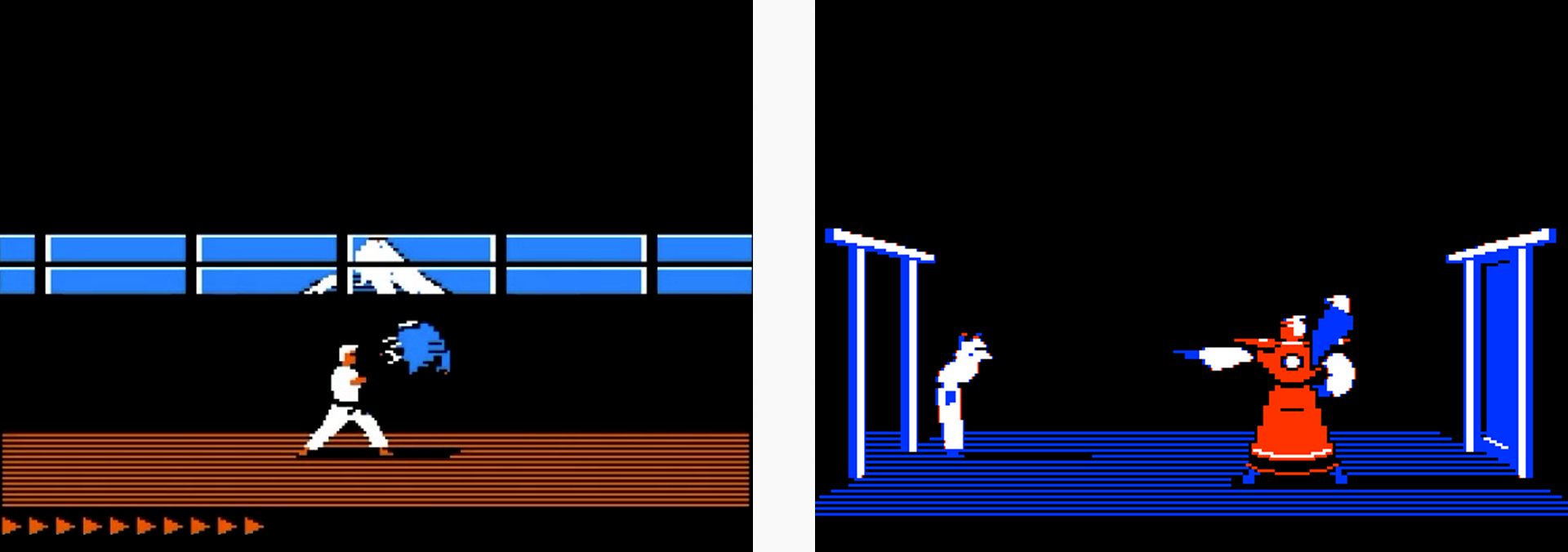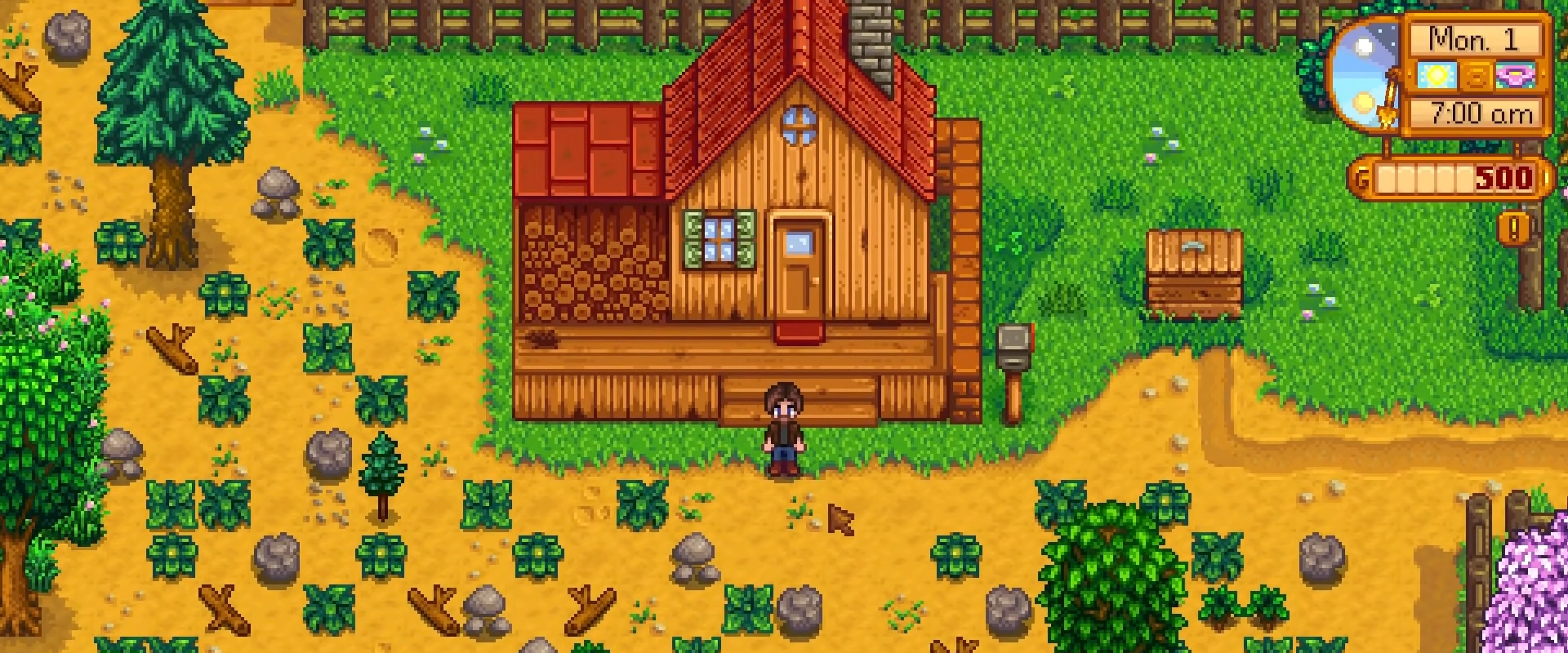I Love Pixel Art So Much, Here’s Why

Pixel art brings back so many amazing childhood memories from the 80s and the early 90s. It makes me picture in my head a procession of games I spent insane amounts on.
Back then, low screen resolutions meant every single game was made using pixel graphics.
The first one was of course Space Invaders. I remember when my dad launched it on his 386DX/25 MHz computer, with its green, monochromatic screen. That was really something!
I craved for an Amiga 500+ and to buy it, I started working for extra cash, as my pocket money was not enough. Only after I got the machine I dreamed of was I able to break records after records in blasting alien invaders with a laser cannon. This was also when I started pondering how games are made.

A couple years later my life became fully intertwined with the digital industry.
I’ve been working as a graphics designer for over 17 years now. I worked on countless pieces of digital content, from logotypes of various brands through websites’ UI designs to major global marketing campaigns.
These days I am 100% sure that I see pixel art as a true art, a domain that demands time, precision and dedication. That’s why I make sure that all the stuff my team and I myself creates is always “pixel perfect.”
OK, so what exactly is pixel art?
A pixel is the smallest, squared, homogenous fragment of a picture shown on a display device, be it at TV, a smart watch, a portable game console or an LCD screen.
Pixels are an important part of culture. They’re not just limited to video game design, as pixel-based art has its applications in industrial design, electronic devices, fashion, architecture, military, even in everyday stuff — QR codes, anyone?

Pixels are even in your kitchen, on your oven’s LCD display. But that doesn’t mean that every digital piece is pixel art. Just take a look at this photo:

Sure, it consists of pixels, but you need to zoom in a couple times to see them. That’s not what pixel art is about.
So, what is it and what makes it special?
Pixel art is a piece of artwork made of visible pixels. They don’t have to be big, they just need to be plainly visible. The color palette has to be limited for each pixel to be discernible. A piece needs to be retro-styled in order to harken back to the origins of the technique.

And it all needs to be handcrafted: pixel by pixel, click by click. All sorts of filters like anti-aliasing are a huge no-no.
Here is an example:

The term itself first appeared in the early 80s in US-based publications, such as the journal of the Association for Computing Machinery.
Pixel art was used mostly in video games due to hardware limitations of that time. You’ve probably seen arcades or classics like Pac-Man or Mario Bros., now part of the “retro game” category (BTW did you know that Mario sporting his iconic mustache is a result of design constrains?).
But there is one title that is especially important: Karateka, Jordan Mechner’s first game, released in 1984 and remade in 2012.
Mechner’s goal was to create a game that would be suitable for everyone — regardless of their experience in gaming — and nice to look at, with character animations as realistic as possible.

Karateka was a huge hit that played an important role in making video games more popular.
Following this success, Jordan Mechner went on to release an even bigger and more influential classic: Prince of Persia, a cinematic platformers known for its fluid and realistic character animations, a real milestone in this aspect, all thanks to a technique known as rotoscoping, i.e. tracing over a live-action footage to produce realistic animation.

The game became highly successful and spawned an entire franchise.
Pixel art is sometimes confused with other genres, such as oekaki or binary art. These two are made using aliasing, i.e. without any smoothing, which makes them look sharp and somewhat similar to pixel art.

Old-school games: the pixel art wonders of my youth
Back in my childhood, there was no ubiquitous Internet like today, so if you wanted to enjoy pixel art, you had to be a gamer. I spent countless hours playing games on NES (or its Polish clone, Pegasus) with my friends, admiring virtual worlds.

There is a bunch of games that played a special role at that time, including The Fantastic Adventures of Dizzy — I loved its plot and pleasant art style. There was also Super Mario Land 2 which appealed to me so much I had to play it every evening before going to bed. Did you know that characters in the game, like Mario, Luigi, the red Super Mushroom and Fire Flower were only 16 pixels tall?

But none of that compared to Another World on Amiga 500+. This cinematic platform game features an INCREDIBLE atmosphere and one of the best intros in the history of gaming. I loved everything about the title: the music, the smoothness of animation, the awe-inspiring alien world you get to explore…

Its creator, Eric Chahi, fascinated me as well. This French game designer made the entire game all by himself (sans music, composed by Jean-François Freitas). Extremely innovative in his work, he employed rotoscoping and created an engine capable of making 2D polygons using vector graphics. The result was a pixelated masterpiece. The smoothness of the animation of the game’s protagonist, Lester Chaykin, was out of this world.
OK, but this was in 1991. What about today?
4 modern pixel art games you should play
If you are a fan of pixels like me — or perhaps you’ve just found your new love after reading my article — here’s a couple titles you might want to try.
Dead Cells

It’s an extremely dynamic platform game where you’ll die a lot. But that’s a good thing! The more you perish, the better: even though you have to restart your journey completely, you get to keep the experience points you earned, as well as some of the buffs and power-ups you unlocked, making the next playthrough easier.
This rogue-lite, metroidvania-like hack’n’slash packs hordes of enemies, incredible weaponry, punishing combat and lots of ragequits. But the things I love about this game the most are its music and visual style.
Terraria

It’s a slightly easier open-world game where you can be an explorer, builder, craftsman or you can just fight monsters. It’s all up to you. Each playthrough means a different, procedurally-generated world.
35 million Terraria players can’t be wrong, so I guess it’s good to have it in your game library.
Stardew Valley

Tired of combat and exploration? Why not choose a peaceful life of a farmer? Stardew Valley is where you harvest crops, fish, cook meals and build good relationships with your neighbors.
The game’s creator, Eric Barone (AKA ConcernedApe), spent 4 years working on Stardew Valley. He achieved the impossible: not only did he write the code in C#, but he also composed the music score and created all the pixel artwork in the game. Barone’s work turned out be a massive hit, with 15 million copies sold.
Replaced

This upcoming retro-futuristic cinematic platformer, to be released in 2022, is probably the most anticipated pixel art-styled game today. You’ll get to play as an AI called R.E.A.C.H., imprisoned against its will in a human body. Expect a deep plot and dynamic combat. Just watch this great trailer to see what a beauty Replaced is shaping up to be:
Years have passed since the first piece of pixel artwork, but the process has remained largely the same.
If you’d like to learn more about pixel art, here’s a video you should check out: